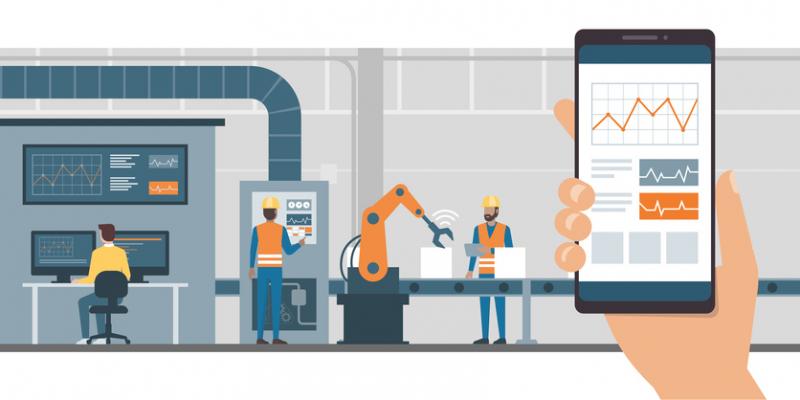Why Virtual Commissioning is the Future of Development for Automated Systems
A virtual commissioning is one of the most exciting new developments in the world of automation. It allows the full testing of automated systems, virtually saving time and money in the implementation process. Here’s an overview of virtual commissioning and why it’s the future of development for manufacturers using automated systems.
What is visual commissioning?
Virtual commissioning is the creation of a digital replica of a physical manufacturing environment. The process typically involves connecting a 3D software to a programmable logic controller (PLC) and HMI, wherein the actual code runs. Virtual commissioning is used to simulate industrial processing lines and machines, including automation system and field devices, before making actual changes. For example, a robotic picking and packing cell can be modeled on a computer, along with its automation control systems. That way, manufacturers can eliminate the costs that comes with building or reprogramming an actual robot by experimenting with a virtual one. It’s sure to be a big disruptor of traditional approaches to manufacturing.

Saving industries a great deal of time and effort
Nearly two-thirds of the time spent in commissioning is spent on fixing software errors. These errors are incredibly difficult and costly to rectify if they’re found later on in the production process. Virtual commissioning provides a solution for moving a significant portion of commissioning tasks to an earlier phase of the project.
For instance, in a field study conducted with a small PLC controlled system, virtual commissioning was found to increase fulfilment requirements from 37% to 84%, as well as reducing the real commissioning time by 75% and total time-to-market by 15%.
As well, engineers and project stakeholders can convey ideas and behaviour more effectively with interactive 3D simulations of a proposed system than a stack of design documents ever can. Virtual commissioning reduces miscommunication of design goals, desired system behavior, and information requirements between engineering teams as well as the customer.
Applications in industrial settings
Every step of an automated system (or just a subsystem) can be modeled out with and then tested in a virtual environment with virtual commissioning. Once problems have been detected, it can reprogrammed and tested again and again. Here are some examples:

Reprogram robots
Comau, a supplier of automotive body and powertrain manufacturing and assembly technologies uses virtual commissioning to to reprogram its robots. In doing so, the company was able to reprogram 200 robots in just three days as opposed to roughly 10 weekends had the work been done on the factory floor.
Validate plant changes
A simulator is a smart investment for power plants that uses conventional fuels such as coal or natural gas and are thinking of changing. Nuclear power plants can use virtual commissioning to verify and validate their process design changes and, ultimately, realize big savings.
Train machine users
Virtual commissioning software can be used to train machine users. This gives them more confidence in taking a real producing line into use. The software also enables them to see internal components that are not invisible on-site, which deepens their understanding of the equipment.
Debug PLC code
Today’s highly automated and flexible manufacturing systems involve sophisticated tooling, robots, transfer lines and other safety equipment which are all controlled by programmable logic controller (PLC) programs. Virtual commissioning allows one to debug PLC code in a virtual environment before downloading it to a real equipment, significantly reducing system startup time.
Virtual Commissioning will take automated systems to new heights
By allowing for the testing of automated environments virtually, problems can be easily detected before prototyping. This will ultimately make companies and their production more efficient. Use of highly complex automated systems will surely grow. This should be a boon for anybody with the right automation skills. Check out George Brown College’s Automation Technician program to see how to join the world of automation.
